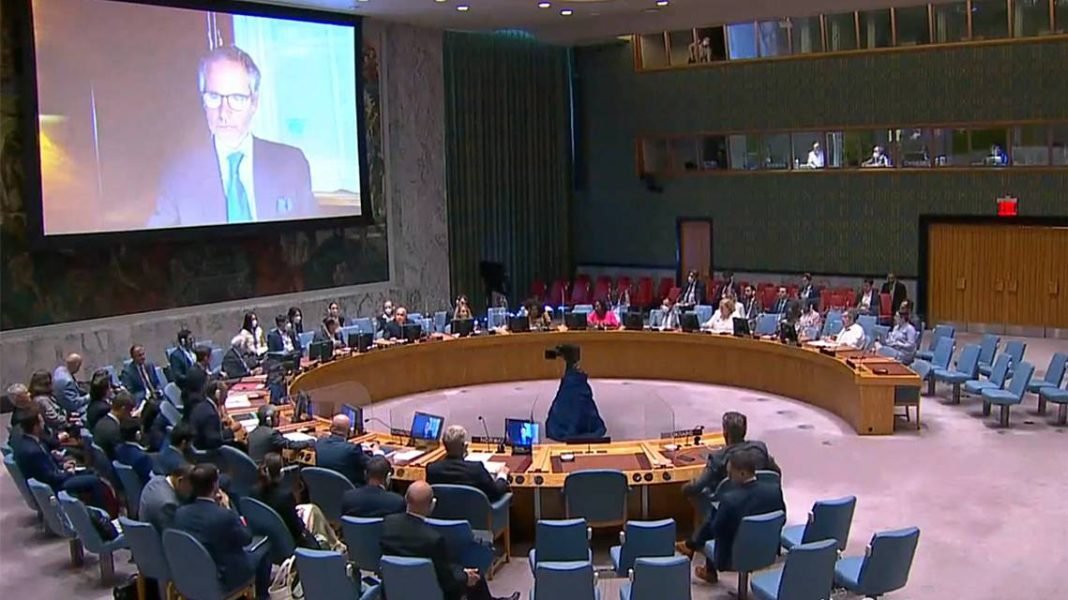New York,12 August 2022 (TDI): International Atomic Energy Agency (IAEA) briefed the United Nations Security Council (UNSC) on the situation concerning the nuclear safety of the Zaporizhzya Nuclear Power Plant (NPP).
Why the IAEA needs to be allowed to go to Ukraine’s #Zaporizhzya Nuclear Power Plant? Director General @RafaelMGrossi spells out the reasons to #UNSC. Read our summary: https://t.co/MFEiLE0wSD pic.twitter.com/nym9gAJu5d
— IAEA – International Atomic Energy Agency (@iaeaorg) August 12, 2022
IAEA Chief’s remarks at UNSC meeting
Providing an overview, the IAEA chief Rafael Mariano Grossi said that on 5 August, the Zaporizhzhia plant in Ukraine, Europe’s largest, became the target of Russian shelling. Subsequently, this caused several explosions near the electrical switchboard and a power shutdown.
He added that the preliminary assessment of the Agency’s experts indicated that there is no immediate threat to nuclear safety. However, he recalled his recent address to the 10th Review Conference of the Parties to the Nuclear Non-Proliferation Treaty (NPT), where he outlined seven indispensable pillars that are critical for nuclear safety and security.
These included aspects dealing with the physical integrity of the plant, off-site power supply, cooling systems, and emergency preparedness measures. He, therefore, pleaded with Russia and Ukraine to cooperate with the nuclear watchdog on these pillars.
Russia-Ukraine trade blame
Presenting his case, the Russian delegate said Ukrainian forces used heavy artillery against Zaporizhzhia on 5 August, shelling the plant. Additionally, the Russian Ambassador blamed Kyiv for refusing to sign a trilateral document issued by IAEA. He also stressed that Moscow strictly complies with the IAEA Director General’s seven principles.
In turn, Ukraine’s delegate said that the withdrawal of Russian troops and return of the station to the legitimate control of Ukraine is the only way to remove the nuclear threat at Zaporizhzhia. The Ukrainian Ambassador also insisted on the need to send an IAEA mission to the site.








